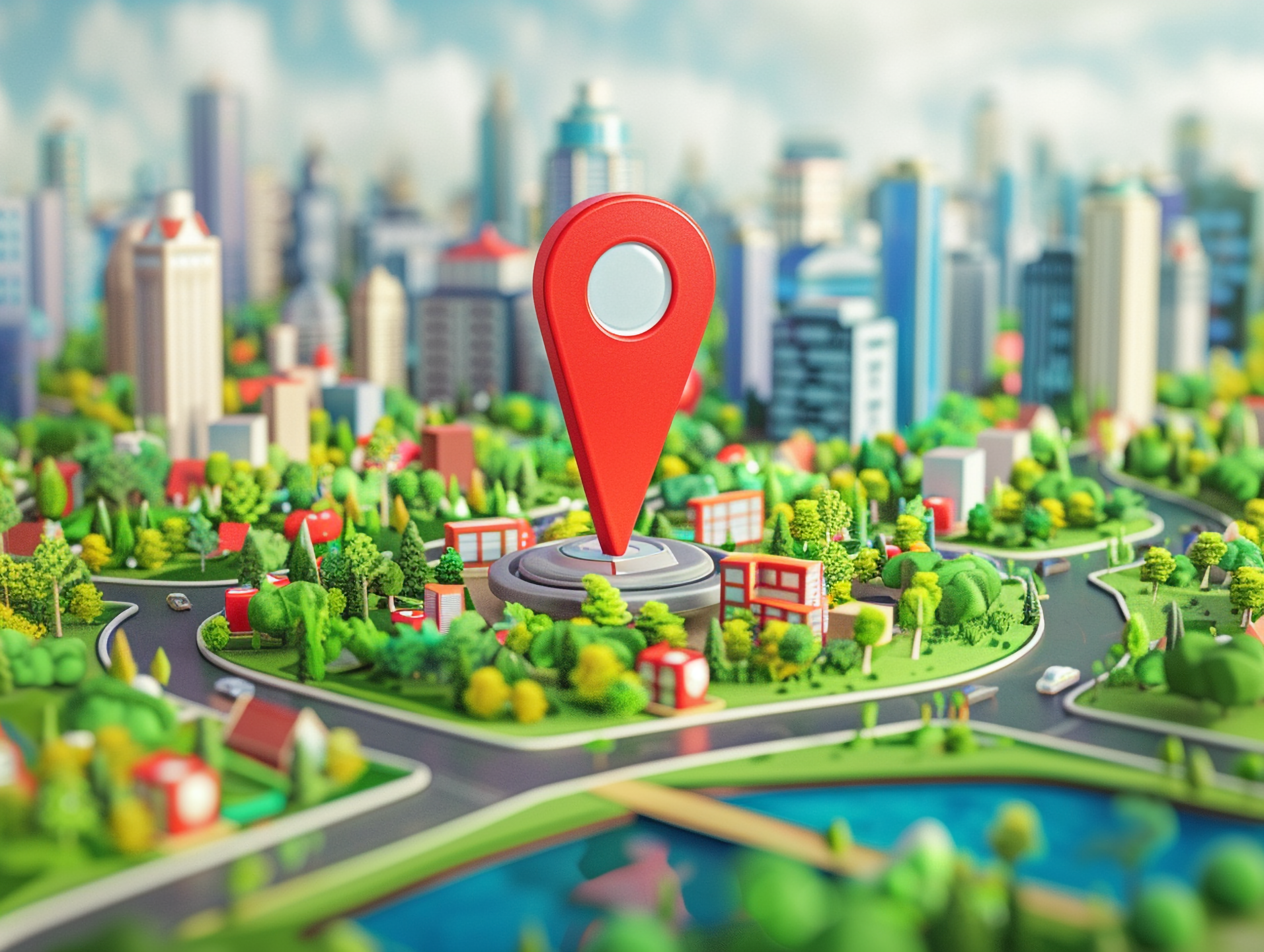
How Many Reviews Do You Need to Stand Out on Google Maps? Real Data Inside
🧠 What the data says: How many reviews do you need to stand out on Google Maps?
Appearing in the top results of Google Maps can make the difference between a business filled with customers and one that goes unnoticed. In an increasingly digital world, online reviews not only build your reputation but also directly influence your visibility. But... how many reviews do you really need to stand out?
Spoiler: there’s no magic number, but there is data that gives us clear clues.
What does "stand out" mean on Google Maps 📍?
When we talk about standing out, we’re referring to appearing in the Google Local Pack, that box that shows the top three businesses in the search results with a map.
Google uses several factors to decide which businesses to display there:
Relevance: how well the business matches the search.
Distance: how close the business is to the user.
Prominence: how well-known the business is, both online and offline.
And this is where reviews come into play. Yes, Google takes them very seriously, both in terms of quantity, quality, and frequency.
How many reviews do the top-ranking businesses have?📊
When you explore Google Maps, there's a clear trend: businesses that appear in the top results typically have a significant volume of reviews.
In many sectors, it's common to see businesses with good positioning having dozens of reviews and positive ratings. However, having more reviews doesn’t guarantee a top position. In fact, sometimes you’ll see a business with 70 reviews outranking another with over 600.
Why does this happen? Because Google also considers other factors such as:
Recent reviews carry more weight than older ones.
Reviews with text usually have more impact than those with just stars.
A steady stream of new opinions can indicate to Google that your business is active and trustworthy.
The relevance of the listing's content in relation to the user’s search.
Geographic proximity at the time of the query.
That’s why, instead of obsessing over a specific number, it’s more helpful to focus on having high-quality, recent, and consistent reviews. This, combined with good optimization of your listing, can help you stand out even against competitors with more volume.
It’s not just about quantity: timing and quality matter too
In addition to the number, Google also pays attention to:
✅ Frequency: Are you receiving reviews regularly, or was the last one six months ago?
✅ Content: Reviews with relevant keywords (like “fast,” “affordable,” “excellent service”) help with local SEO.
✅ Interaction: Responding to reviews — even positive ones — improves the business’s perception and shows you’re active.
How to naturally achieve these numbers?🛠️
There’s no need to resort to unethical practices (or ask your grandmother for a review). Here are some effective and legitimate strategies:
📌 Visible QR codes at the business location, on business cards, or on stands to request a review right after the service.
📌 Ask at the ideal moment: when the customer is satisfied. A simple “Would you mind leaving a review?” can open the door to many valuable opinions.
📌 Make it easy: provide a direct link to your Google profile with a single click or scan.
📌 Even easier with NFC: nowadays, a simple tap with a phone on an NFC sticker or card can take the customer directly to leave their review. No need to search, scan, or type. Quick, easy, and effective.
🧠 Conclusion: How many reviews do you need?
The number can vary depending on your sector and location, but if you need a clear goal:
🎯 Aim for at least 30 positive and recent reviews to compete locally.
🎯 If you can reach 50 or even 100 reviews, you’ll be in a privileged position against your competition.
But remember: the key is not just the number, but creating an experience that’s worth reviewing. The rest will come naturally (and with strategy, it will come faster).



